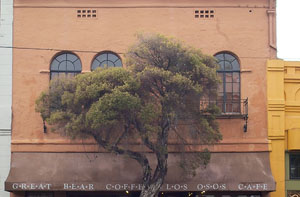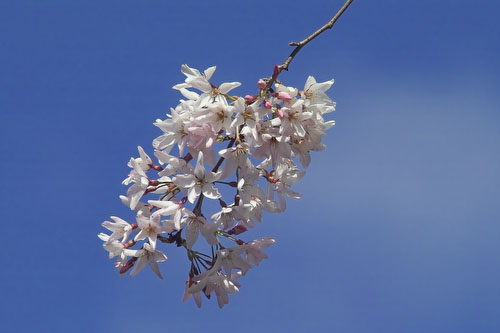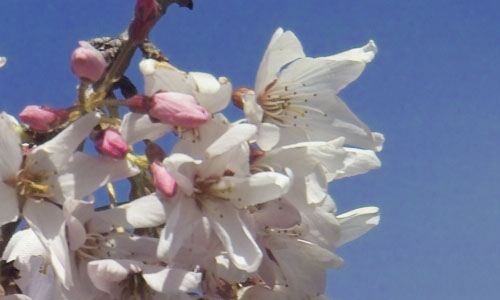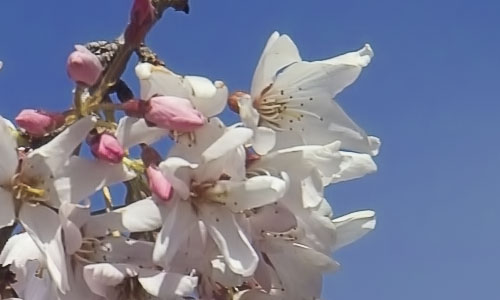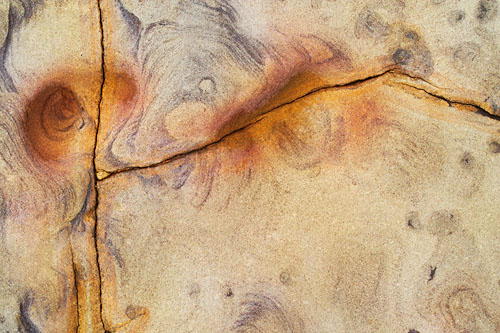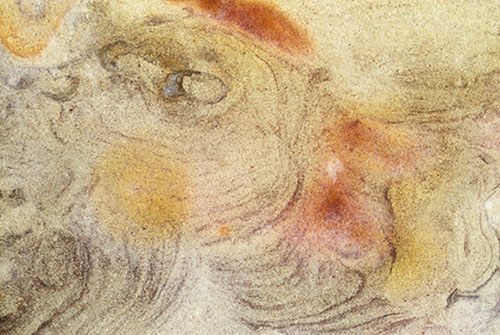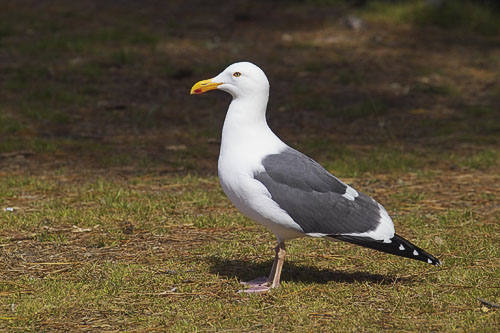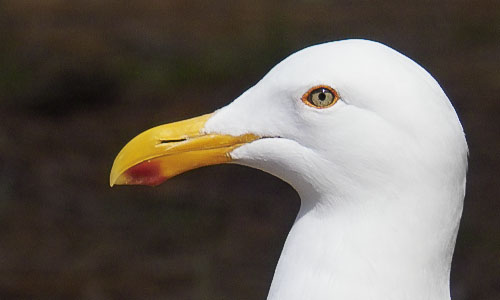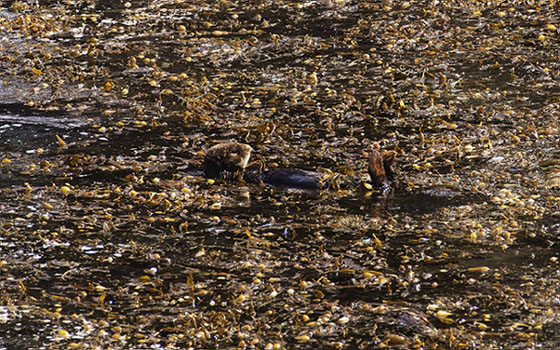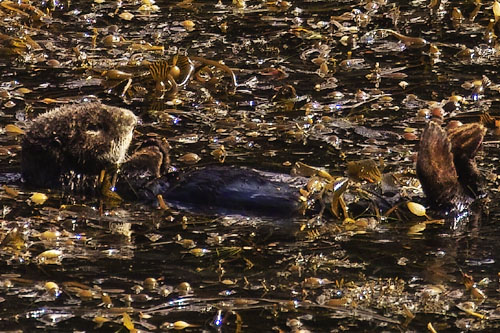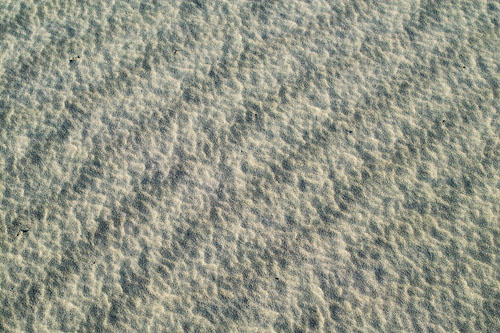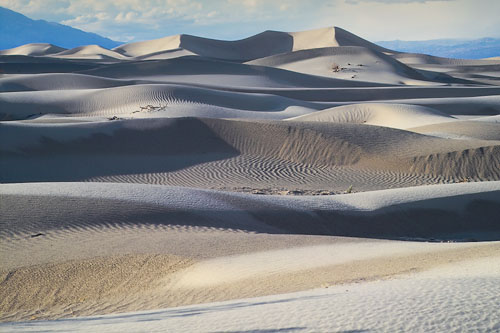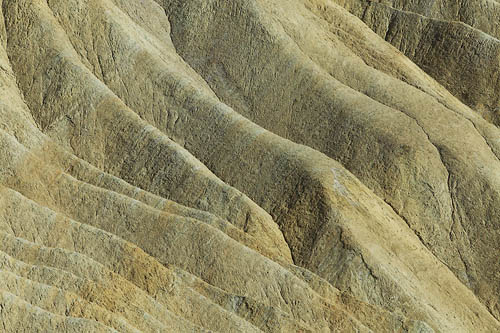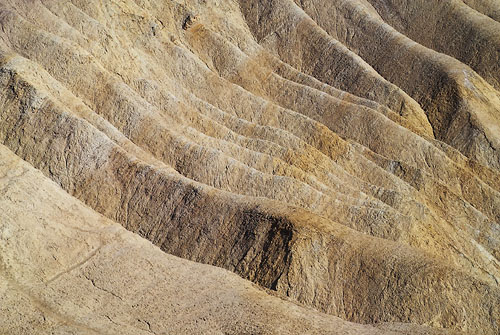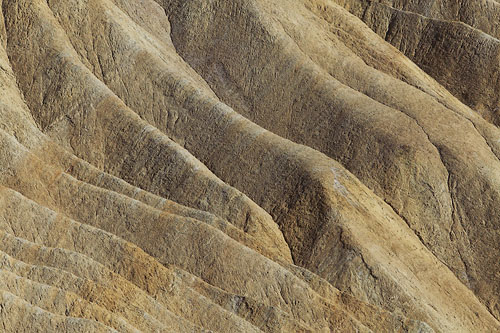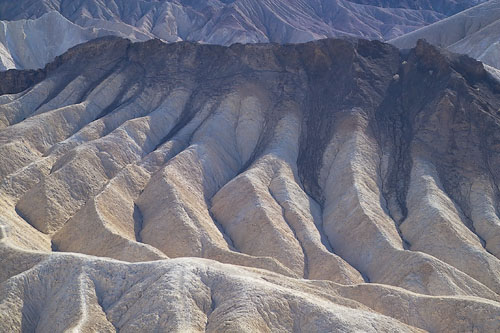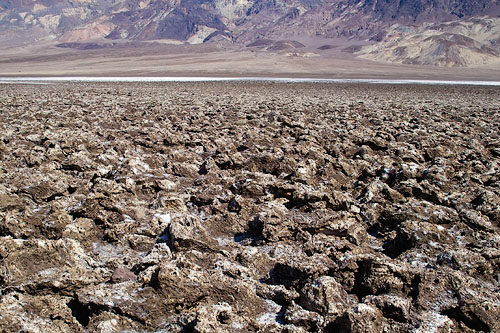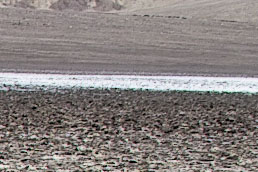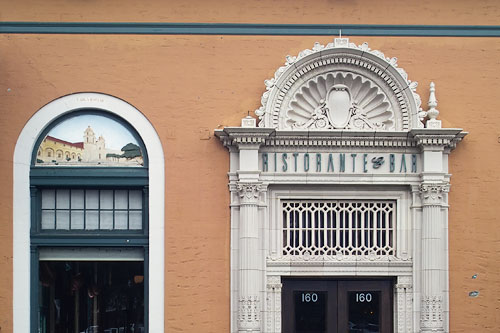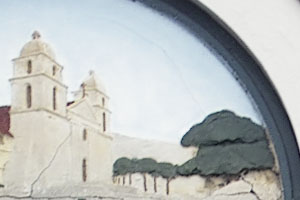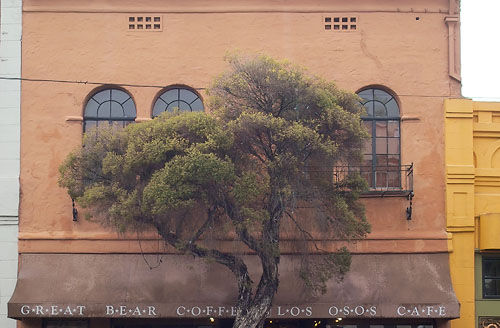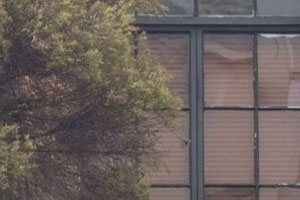|
|
Sigma SD9 Experience Report |
| Part
1 |
| This review will be written again in the form of a diary. Most recent findings on top. |
| 4/28/2003 ISO 200 noise |
Recently we took this photo at Villa Filoli
The SD9 handled the contrat pretty well but showed at ISO 200 strong noise in the blue sky
Today we received a copy of Grain Surgery 2 and it did a good job on this kind of noise and saved the image.
As usual the color fidelity of the SD9 photos is excellent. |
| 3/23/2003 |
Today we worked on some more SD9 photos.
This is the first SD9 shot that is now a portfolio candidate. We converted the file in the Sigma raw converter at 2x (== 400% pixels) as I plan to print all photos large. The photos was then mainly processed through our latest sharpening action (read here) and some little Photoshop tweaks. Note: This photo will not be available in larger sizes for copyright reasons. |
| 3/22/2003 At Point Lobos |
We were today at Point Lobos and used the SD9 side by side with the Canon 10D (for some equipment info read our Canon 10D review).
Again we liked the image quality, while the autofocus could not be used for such objects (Sigma 50mm Macro). The Canon 10D autofocus did not have any issues here.
We know that this shot with the Sigma 70-200mm f/2.8 is not planned for out next art show. But photographing birds with that strong white (and even in direct sunlight) is a challenge for every digital camera and the SD9 did a good job here. This is also partly a result of the converter software that gives the user a lot of control in the highlights and shadows.
Also the sea otter shot handled the strong contrast very well.
|
| 3/20/2003 Fooling the Bayer Sensor |
| Visit our related article on "Fooling the Bayer Sensor". |
| 3/18/2003 SD9 & Canon 10D |
| We will use over the next 2 weeks the Canon 10D and the Sigma SD9 side by side. Read here. |
| 3/15/2003 Two more Death Valley Photos |
| We just would like to add two nice shots with the SD9 from our Death Valley trip. |
|
| 3/10/2003 Foveon Color Experience |
Just two days ago we presented our Death Valley shots taken with the Canon 1Ds. One shot we liked was this one:
Today we worked on one photo taken with the SD9 and the similar scene (same time of the day).
This photo was as usual a bit enhanced in terms of contrast and saturation. But it came as a shock that the SD9 shot looks more believable correct than what we came up with the 1Ds. These shots are very difficult to white balance as there is no gray or neutral point anywhere. With the SD9 I did actually no corrections at all and prints show very subtle colors.
Once we had seen the SD9 colors a correction of the 1Ds photo was no big issue. This experience convinced me that the Foveon sensor is a big step towards better color accuracy. It makes a big difference whether colors are actually guessed with all Bayer sensors or properly measured using the Foveon sensor. Please also keep in mind that this is the first generation of the Foveon sensor. I still hope that some of the big players in high-end digital SLRs like Nikon or Canon might give the Foveon technology a chance (we are not too optimistic at this point though). |
| 3/7/2003 |
On our way to PMA we spent two nights in Death Valley (had about 50% of the yearly rain during that short period). As mentioned we used the Canon 1Ds and the Sigma SD9 side by side. Unfortunately we did not have longer glass with the SD9 and and used the Canon with a 70-200mm f/2.8 IS lens most of the time.
Again, the colors are very good indeed There is one issue you need to be aware of: Chromatic Aberration (CA)
It is hard to say whether the Sigma lenses have more CA than Canon or Nikon glass. But read our Canon 1Ds diary and you will see that CA is an issue the better an image sensor resolves details. It seems to be clear that the Foveon sensor resolves nearly every failure of the lens. As much as CA is a real problem it also can be fixed:
It has to be noted that the Sigma SD9 auto focus has some problems in low contrast scenes and that the camera motors are more noisy than the Canon/Nikon equivalent. |
| 2/25/2003 |
Recently I gave a presentation at a COBA (Camera Owners of the Bay Area) meeting and met Dick Merrill the designer of the Foveon chip (read his interesting article here). Dick seemed to like our photographic work so he offered us to use a Sigma SD9 for an ongoing time. He wants to get feedback how the camera and the chip do their job for an experienced fine art photographer. Talking to Dick is fun as we most of the time talk about photography and less about chips. In the end the image counts. For the next weeks or even longer we will use the SD9 aside our state of the art Canon 1Ds. We have so much trust in this camera that the SD9 will be our only backup camera right now. Some readers might think that we are very late with our review. True, but we have now no pressure and hope still to bring you some interesting insights. |
We now have the SD9 (bought from a regular retail channel) and 3 Sigma lenses:
|
Yesterday when we received the camera we did our usual Los Gatos tour (during a break between showers). All images are processed in the "Sigma Photo Pro" raw converter. Mainly exposure and white balance corrections and then saved as 16bit TIFF in the Adobe RGB 1998 color space. We then do in Photoshop our usual improvements: perspective corrections, sharpening, some contrast. |
|
|
We have to say that the colors look very natural without any corrections other than EV and white balance. The details seem at minimum in the league of a D1x, D100, D60 and S2. The body feels like a D100, D60 or S2 and is easy to handle. We do not expect a Canon 1Ds quality here at about $1500. |
| Tomorrow we will use the SD9 for a real test in Death Valley. |
| Other Reviews |
|
| Review methodology (or lack of :-)) here. |
| For Comments post in our News Group |





